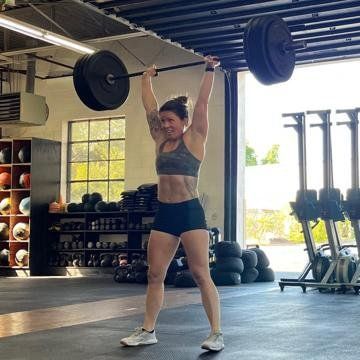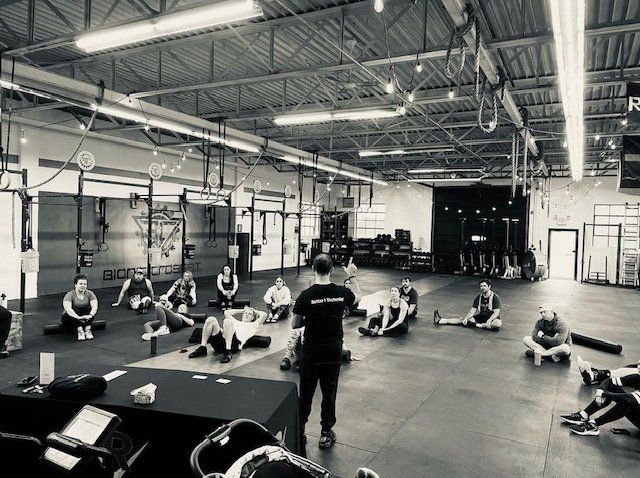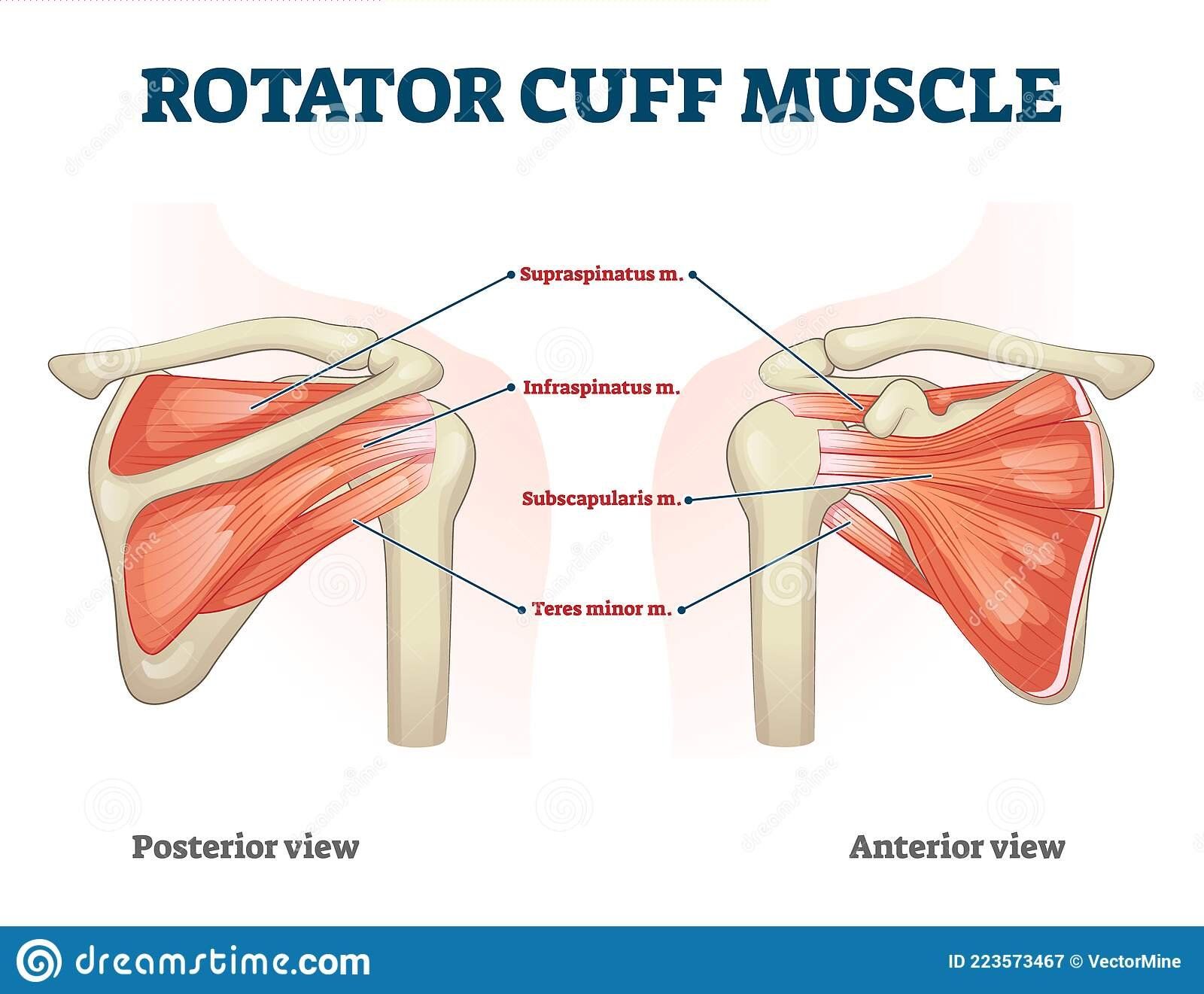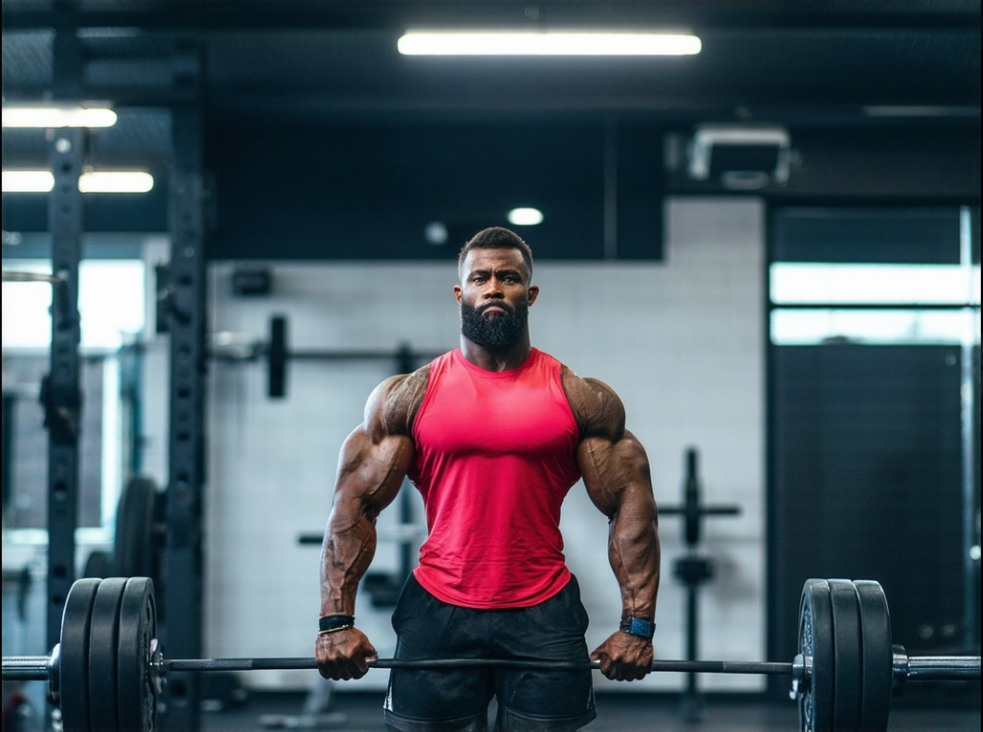Best Strength & Mobility Exercises for Runners from a Physical Therapist
Running is a high-impact activity that requires strength, mobility, and proper mechanics to help prevent the occurrence of injuries and improve performance. While many runners focus solely on mileage, incorporating strength and mobility exercises into your routine can help enhance endurance, efficiency, and your resilience.
At Rebound Performance PT, we specialize in helping runners stay strong, mobile, and injury-free. Below, we share the best physical therapist-approved strength and mobility exercises tailored for runners.

Why Strength & Mobility Matter for Runners
- Reduce the risk of injury: Strong muscles and joints reduce the risk of common running injuries like runner’s knee, IT band syndrome, and shin splints.
- Improves Running Efficiency: Proper strength and elasticity training enhances lower ground contact times, making each stride more efficient.
- Enhances Mobility & Flexibility: Improved mobility ensures better range of motion and prevents stiffness, allowing for smoother, pain-free running.
- Supports Proper Running Form: Strengthening key muscle groups like the core, hips, and glutes helps maintain an upright posture and reduce strain on joints.
Best Strength Exercises for Runners
1. Single-Leg Squats
Why it Helps: Allows the athlete to improve balance and stability by stacking themselves over one leg. You never have 2 feet on the ground while running.
How to Do It:
- Stand on one leg, keeping your knee stacked under your hip and over your foot.
- Lower yourself into a squat, keeping your chest up.
- Push through your heel to return to standing.
- Perform 3 sets of 8-12 reps per leg.
2. Glute Bridges
Why it Helps: Strengthens the glutes and hamstrings, reducing the risk of knee and hip pain.
How to Do It:
- Lie on your back with knees bent and feet flat.
- Lift your hips while squeezing your glutes.
- Lower slowly and repeat.
- Perform 3 sets of 10-15 reps.
3. Calf Raises
Why it Helps: Strengthens the calf muscles, reducing Achilles tendinitis and shin splints.
How to Do It:
- Stand on a step with heels hanging off.
- Raise onto your toes, hold briefly, then lower.
- Perform 3 sets of 10-20 reps.
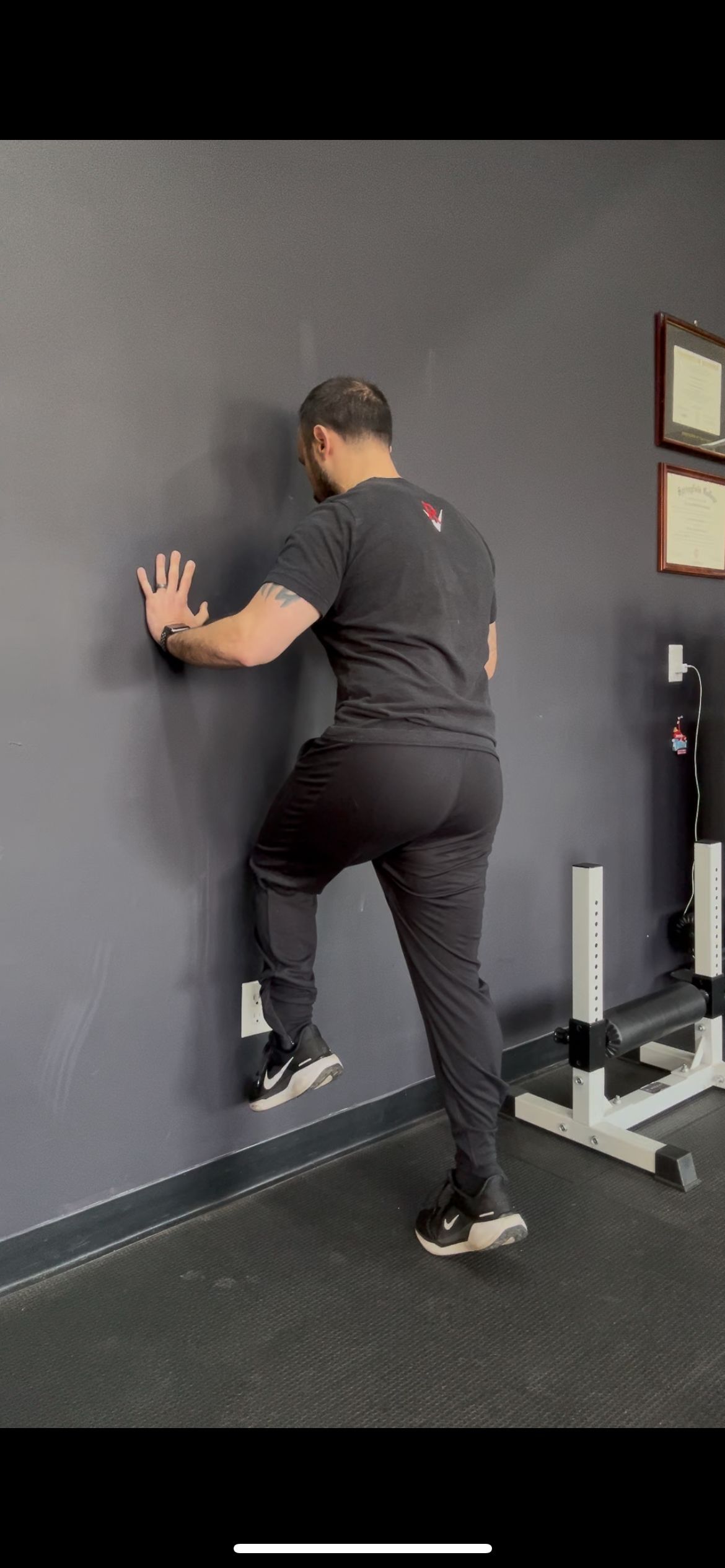
Best Mobility Exercises for Runners
1. Hip Flexor Stretch
Why it Helps: Improves hip mobility, reducing tightness that can affect stride length.
How to Do It:
- Step one foot forward into the bottom of a lunge position.
- Stack your hips and shoulders over your knee.
- Hold for 60 seconds per side.
2. Ankle Dorsiflexion Stretch
Why it Helps: Enhances ankle flexibility for better foot mechanics.
How to Do It:
- Kneel on one knee with your front foot flat.
- Gently press your knee forward over your toes for a 2 count.
- Repeat for 15 reps per side.
3. Inchworm pedaling
Why it Helps: Loosens up the hips and hamstrings before a run.
How to Do It:
- Can perform on the floor or an elevated surface to make exercise easier.
- Straighten one knee and push the heel toward the floor while bending the opposite knee.
- Alternate 10 heel touches per leg.
How to Incorporate Strength & Mobility Work into Your Running Routine
- 2-3x per week: Perform a 20-30 minute session focusing on GETTING STRONGER. Using the same weights each week does not permit adaptation.
- Daily Mobility Work: Spend 5-10 minutes before or after runs to keep muscles flexible.
- Progress Gradually: Start with whatever weight you feel comfortable and confident moving with.
Conclusion
Strength and mobility training are essential for runners looking to improve performance, reduce the risk of injuries, and run pain-free. By incorporating these physical therapist-approved exercises, you’ll build endurance, stability, and flexibility for better running mechanics.
Need professional guidance on injury prevention and performance training? Visit Rebound Performance PT to work with expert physical therapists who specialize in helping runners achieve their goals.
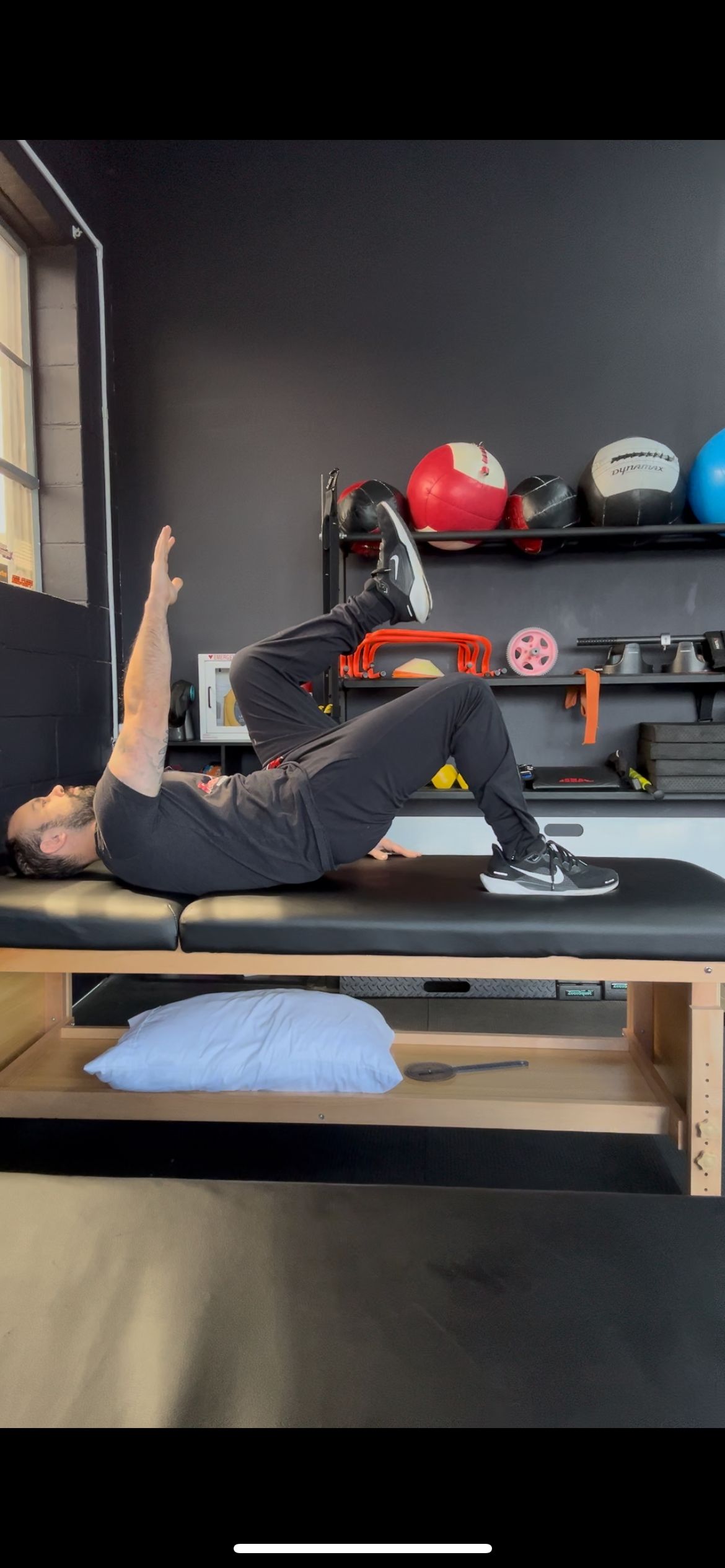
FAQs
1. How often should runners do strength training?
Runners should aim for 2-3 strength sessions per week, depending on mileage and recovery.
2. Can strength training make me a faster runner?
Yes! Stronger muscles and tendons improve running efficiency, power, and endurance.
3. Do I need weights for strength training?
This can be a fun answer. Yes and no. There are plenty of ways to increase of the difficulty of an exercise, including tempo, volume, ROM. However, if the goal is to get stronger, then using weights will be necessary.
4. How can mobility training help my running?
Mobility work improves the joints available range of motion. If you’re stuck pushing to one direction and presenting with losses in ROM, the likelihood an injury can occur increases.
For personalized physical therapy for runners, visit Rebound Performance PT today!
Recent Blog Post
